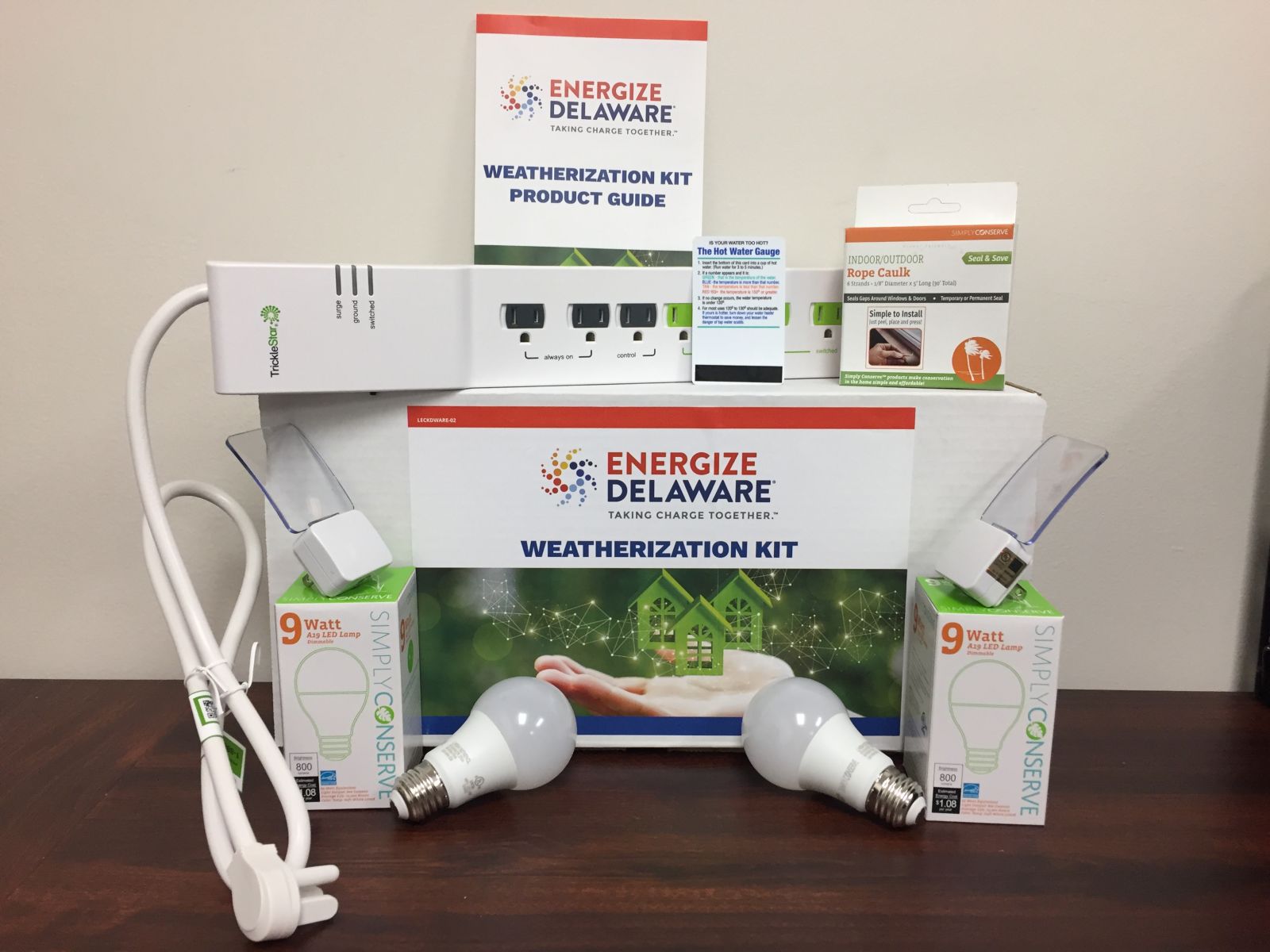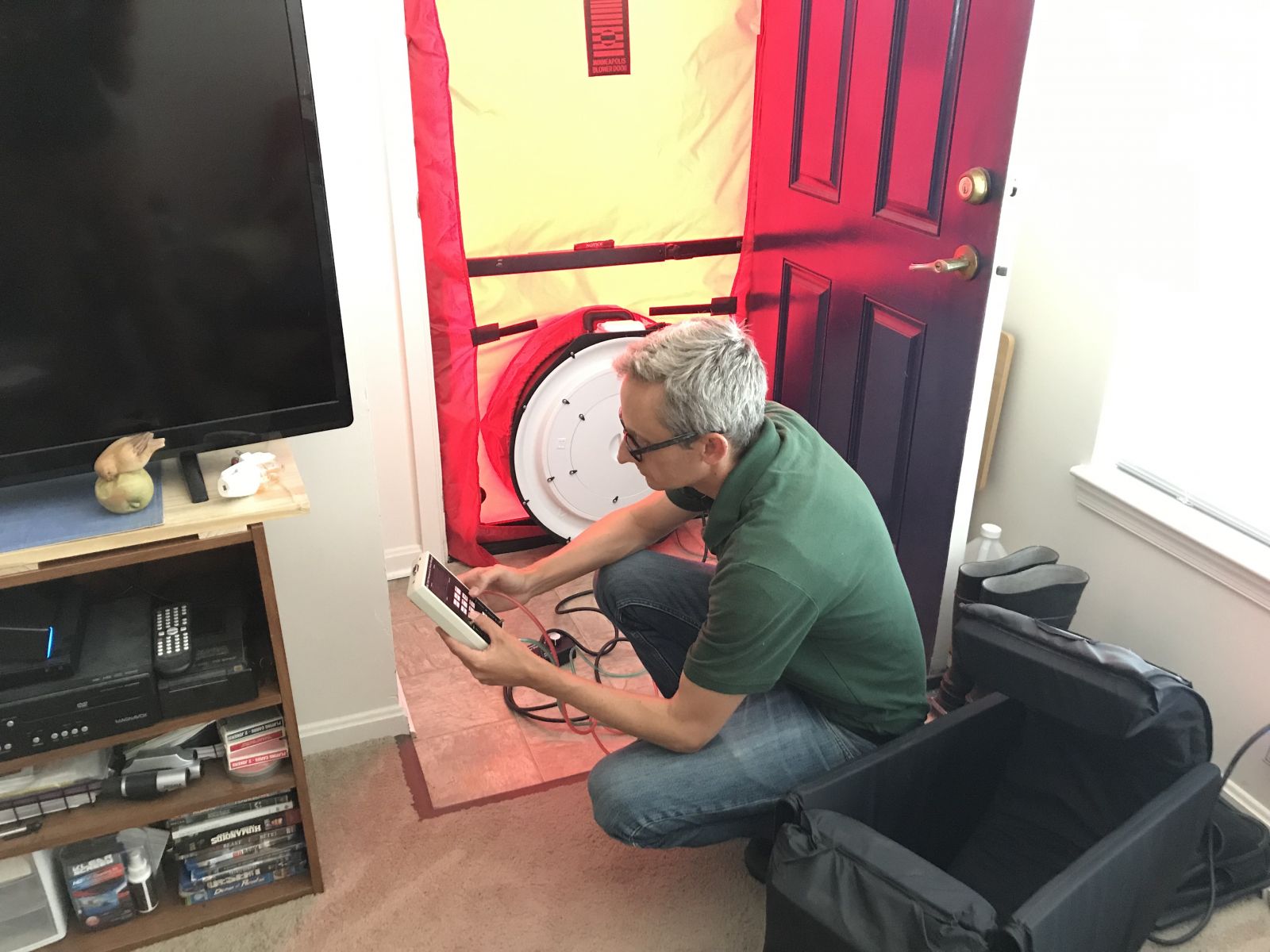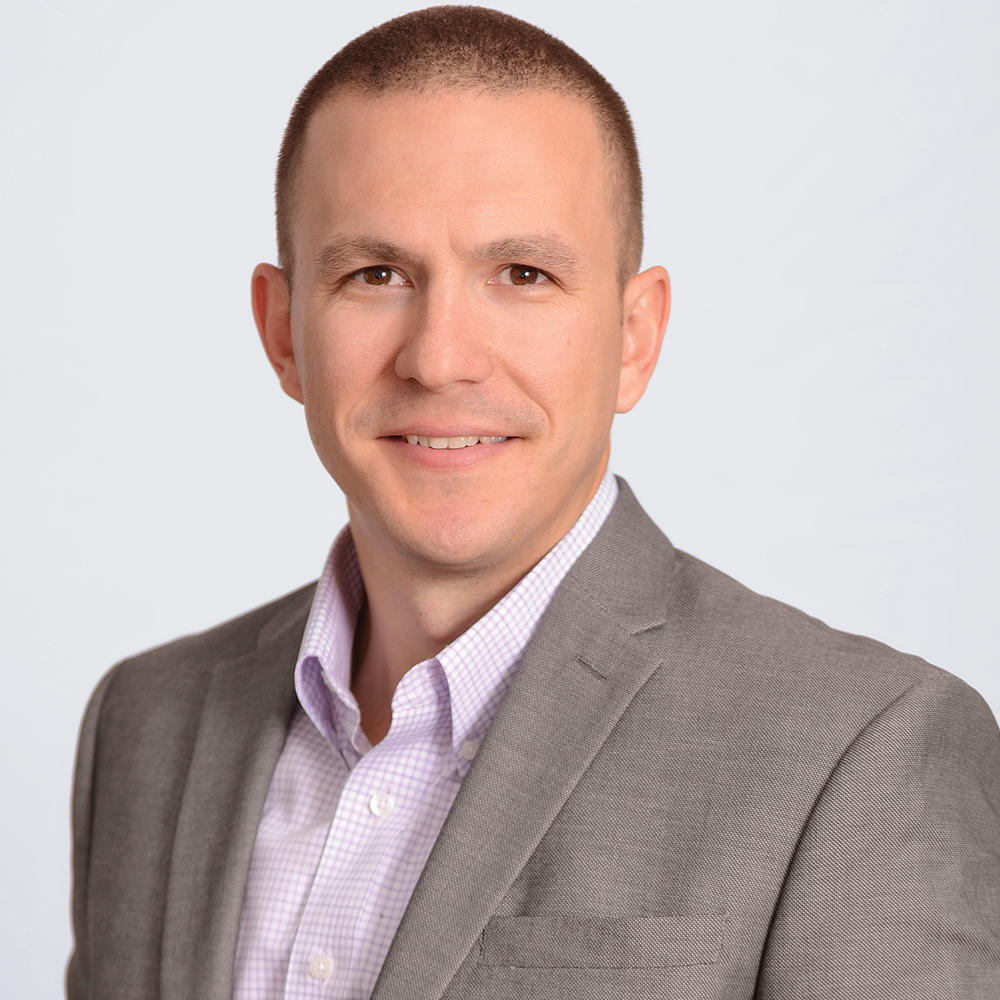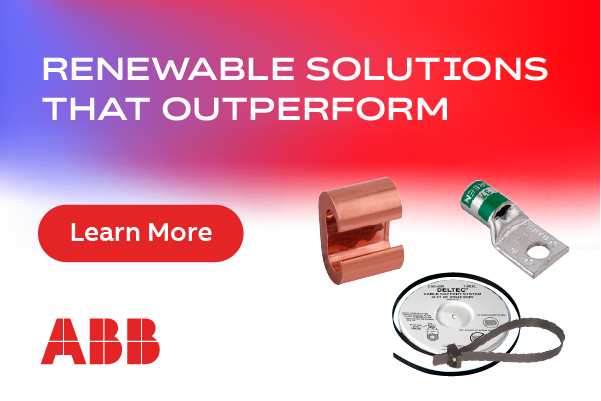Leveraging SaaS to Deliver Sustainable Energy Initiatives in Delaware
As more U.S. states and Canadian provinces look to develop their own demand side management (DSM), energy efficiency, and clean energy programs, the need to leverage cloud-based and easily configurable software solutions continues to increase.
 One state that leads the way in such an initiative is Delaware, which hosts the first clean energy initiative to offer cost-effective opportunities for energy savings. The Energize Delaware initiative is creating new markets for customer-sited renewable energy generation, while reducing the environmental impact of energy production and use.
One state that leads the way in such an initiative is Delaware, which hosts the first clean energy initiative to offer cost-effective opportunities for energy savings. The Energize Delaware initiative is creating new markets for customer-sited renewable energy generation, while reducing the environmental impact of energy production and use.
By including funding, financing, and educational programs for both residential and non-residential (business/farm/public/nonprofit) customers, everyone can take advantage of valuable technical and financial services to make informed decisions regarding their energy future.
With such an ambitious mission that has led to thousands of energy-saving applications and projects, one big challenge was the ability to manage numerous potential data points, including energy savings, positive environmental impact, and social and cost-benefit analyses. Program stakeholders, state agencies, and evaluators also needed to be constantly informed via up-to-date status reporting on program-level or organization-wide data.
In order to maximize the use of every dollar invested in clean energy programs, it was vital to identify areas where operational efficiency could be improved and costs reduced. Legacy data calculation and management tools, such as spreadsheets and SQL databases, don't fit the bill in today's era of real-time and "on-demand anywhere" data visibility needs.
A Robust SaaS Solution for an Ambitious Mission
The key was to incorporate the latest technology via the implementation of a cloud-based software-as-a-service platform to serve as the statewide database for energy savings and greenhouse gas (GHG) mitigation. This would provide a solution to record and track project-level energy savings and subsequent environmental impact. While the initiative began with a design in mind, it evolved during the onboarding process.
Working with a software provider to build the online database, a standardized project-level reporting structure was configured for all programs, including potential versus estimated savings from installed measures as well as financing and cost details. Tailored environmental impact fields, such as GHG emissions with embedded calculations, also were configured.
Leveraging the real-time data reporting and visualization functionality of the solution resulted in customized reports for multiple agencies and boards; as the aforementioned stakeholders, they can receive up-to-date insights of program adoption and success. These stakeholders include the Regional Greenhouse Gas Initiative (RGGI), the Energy Efficiency Advisory Council (EEAC), the Energy Information Administration (EIA), and the American Council for an Energy Efficient Economy (ACEEE).

From Solution Adaptation to Coevolution and Continuous Improvement
As the program portfolio grows and evolves over time, and staff members become more skilled with the solution, the need for a flexible and continuously improving platform becomes even more apparent. A program of this magnitude must constantly evaluate ways to improve efficiencies and use the platform to its fullest potential. This should be top of mind for any solution deployment: the ability for the solution to grow and adapt as the customer does.
One such evaluation led to the realization that the initially configured data structure was too limiting in terms of data analysis. It was followed by an exercise in reviewing the existing data structure to identify issues caused by the initial design. Partnering with the vendor's support team -- another key component to consider when procuring any new technology solution -- they explored the possibility of restructuring settings to improve data visibility.
These efforts required tying in multiple parties -- staff, program implementers, and the software vendor -- to effectively communicate and resolve issues, and then lean on the expertise of the vendor to grasp the issues and come up with effective solutions to improve the structure of the platform.
In the End, It's All about Working toward Clean Energy Goals
These statewide programs have achieved a track record of providing energy savings for Delaware's homes, businesses, farms, houses of worship, nonprofits, state and local government agencies, and schools. Not only have they aided job growth, but they have increased business expansion through energy saving and green energy projects.
As a result, Delaware has moved toward the goals of reducing energy consumption via energy efficiency, creating green jobs, and reducing greenhouse gas pollution -- all while saving customers money.
 Lance Maxwell, MBA, is Director of Strategic Accounts and Associate Program Manager for energyOrbit, a cloud software firm that provides a scalable and flexible solution for the DSM/EE sector, including utilities, program administrators, and third-party implementers across North America. Delaware Sustainable Energy Utility ("Energize Delaware") is a 501(c) (3) nonprofit organization that utilizes energyOrbit software.
Lance Maxwell, MBA, is Director of Strategic Accounts and Associate Program Manager for energyOrbit, a cloud software firm that provides a scalable and flexible solution for the DSM/EE sector, including utilities, program administrators, and third-party implementers across North America. Delaware Sustainable Energy Utility ("Energize Delaware") is a 501(c) (3) nonprofit organization that utilizes energyOrbit software.
energyOrbit | www.energy-orbit.com
Author: Lance Maxwell, MBA








